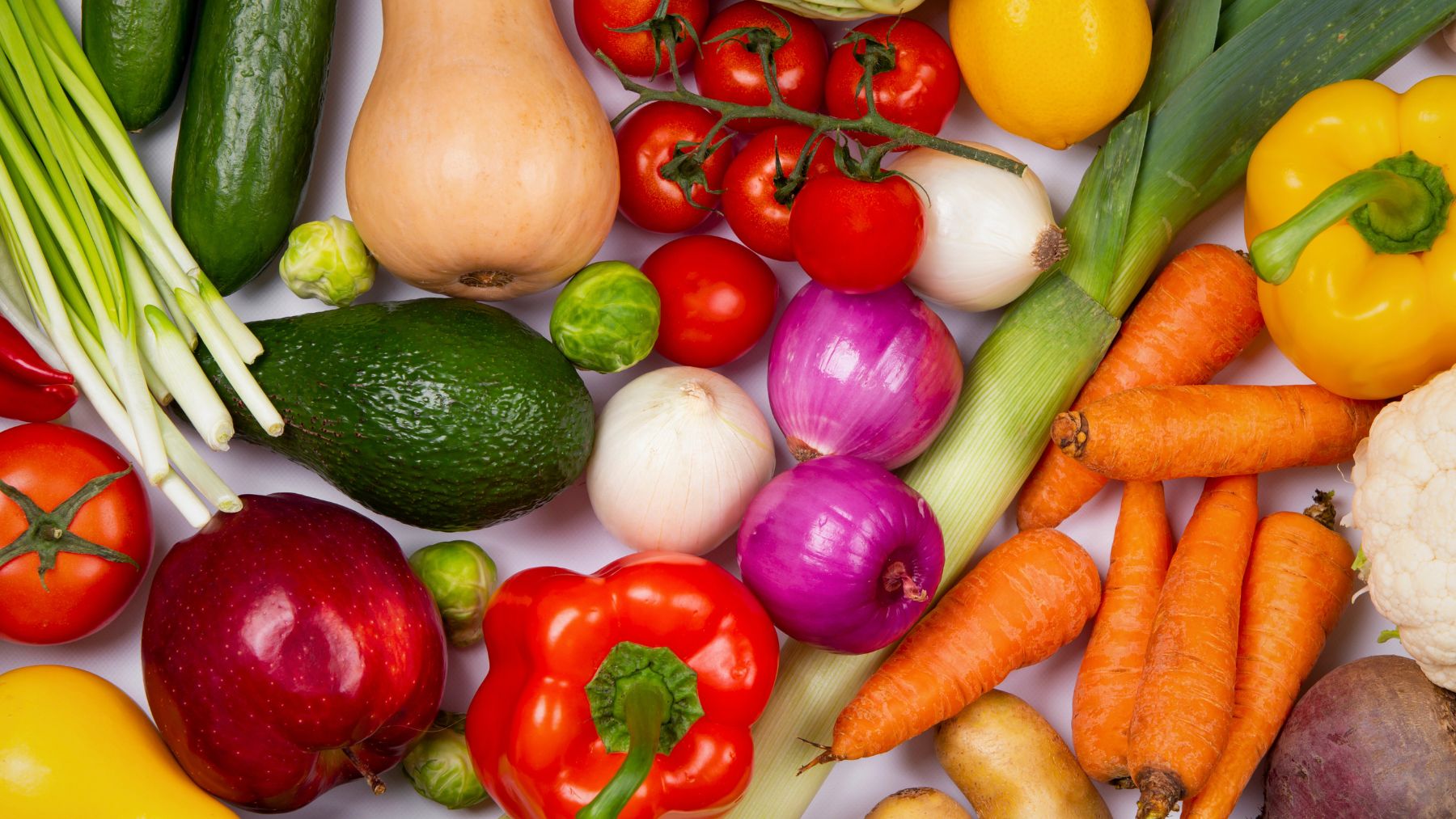The most widely eaten vegetable in the US landed on a list of foods with the highest pesticide residue. And no, it’s not leafy greens—it’s potatoes.
In the following sections, we’ll explain why potatoes showed up on 2025’s Dirty Dozen list. We’ll look at the testing data, highlight the chemical driving the concern, and show how it compares to other produce. You’ll also get straightforward tips for minimizing exposure without giving up a household staple.
Potatoes are on the list of the most contaminated veggies
Potatoes ranked 12th on the EWG’s Dirty Dozen, largely because of chlorpropham, a plant growth regulator that prevents sprouting during storage. While sprouting shortens shelf life, the chemical used to stop it raises safety questions. The European Union banned it in 2019 after reviewing its health risks, but it’s still commonly used in the US food supply.
Between 2022 and 2023, the USDA tested over 1,000 potato samples. Even after washing and scrubbing, 90% still contained chlorpropham residues. The average concentration was nearly 3 parts per million, higher than many other pesticides found in produce.
Animal studies submitted to both US and EU regulators have linked this chemical to changes in blood cells and disruptions to thyroid hormone levels. There’s also concern about what happens when it breaks down, especially during cooking. When potatoes are fried, it can produce a compound called 3-chloroaniline, which shares chemical traits with a known carcinogen.
Children are more likely to be exposed than adults, according to EPA models, primarily because they eat more food per pound of body weight. While these exposure levels still fall within what the agency considers an acceptable range, critics argue that long-term studies in humans are lacking. Despite how frequently Americans eat potatoes, no large-scale research has tracked chlorpropham’s effects on people over time.
European researchers have taken a closer look. In a biomonitoring study of over 2,000 people, chlorpropham was found in urine samples, with the highest levels appearing in children. The fact that this chemical shows up so widely, and in such a commonly eaten food, adds to the concern.
How to keep eating potatoes safely
You don’t need to cut potatoes out of your diet, but there are some practical steps you can take to lower your exposure to chlorpropham.
- Choose organic when possible. Organic potatoes had significantly lower chlorpropham levels in USDA tests. While some still tested positive—likely due to cross-contamination—levels were about 15 times lower on average.
- Peel your potatoes. Most of the pesticide residue is concentrated in the skin. Peeling can reduce your exposure, though it also removes some nutrients, like fiber and potassium.
- Wash thoroughly. Scrubbing potatoes under running water helps remove surface residues, although it won’t eliminate the chemical entirely.
- Cook smart. Prioritize boiling and roasting over frying.
- Rotate with sweet potatoes. Sweet potatoes aren’t treated with chlorpropham and generally carry much lower pesticide residues.
Potatoes are a staple in millions of American homes. They’re affordable, versatile, and packed with nutrients. The widespread use of chlorpropham raises valid questions for families trying to reduce chemical exposure in their diets. Being more selective about what kind you buy and how you prepare them is important to keep enjoying this kitchen essential without taking unnecessary risks.

